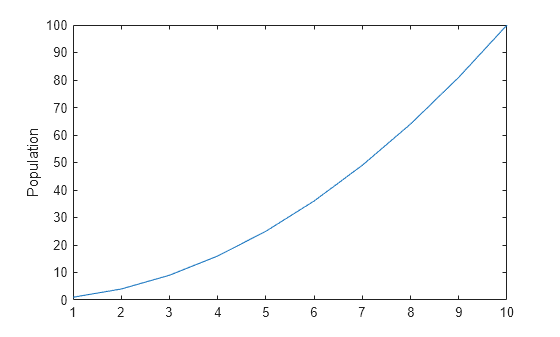
In English, you would never confuse 'l' (ell) with 'j' (jay), no matter how. The position of a letter is just as important as its shape.

The last column shows the letters inline with alpha. Just like the Roman alphabet, Greek letters may go either above or below the line. Print(xtable(dt,digits=c(5,5,5,5,5,5,5,5,5), caption = "",align = rep("c",9)),Ĭacement = "top", include. These are the usual forms of the Greek letters. U+03BC) I cant reproduce it, or find guidance on the internet on what I did.

The was correctly shown in the Rstudio Rmarkdown-pane, i.e. Truevalue <- c(gamma0,gamma1,gamma2,beta0,beta1,beta2,phi1,rho)Įqmest=c(eqm(x=m,theta=truevalue),Įqmest2=c(eqm(x=m2,theta=truevalue),Įqmest3=c(eqm(x=m3,theta=truevalue), Try knitting an Rmd file with the following example from nebiĭt1 <- read.table(paste0(url, 'sim50.txt'), header = TRUE)ĭt2 <- read.table(paste0(url, 'sim200.txt'), header = TRUE)ĭt3 <- read.table(paste0(url, 'sim1000.txt'), header = TRUE)


 0 kommentar(er)
0 kommentar(er)
